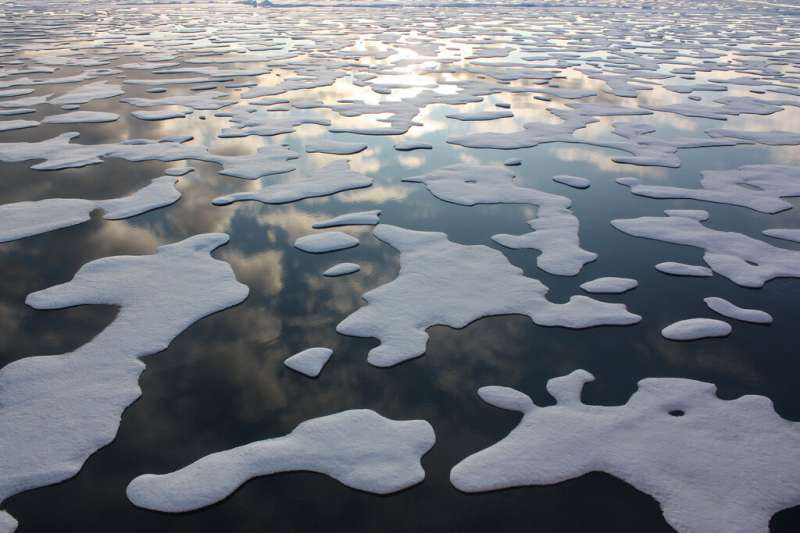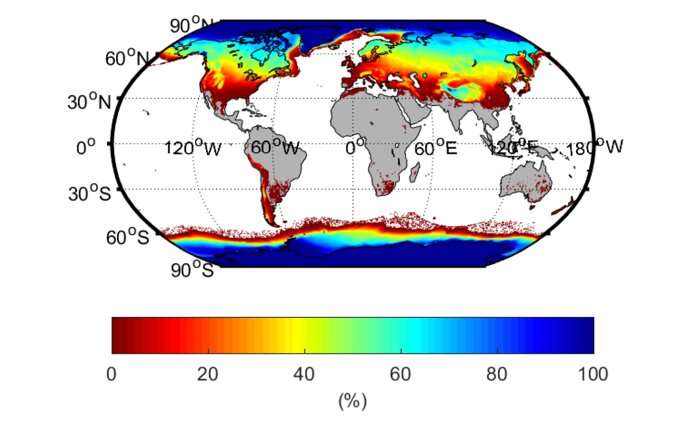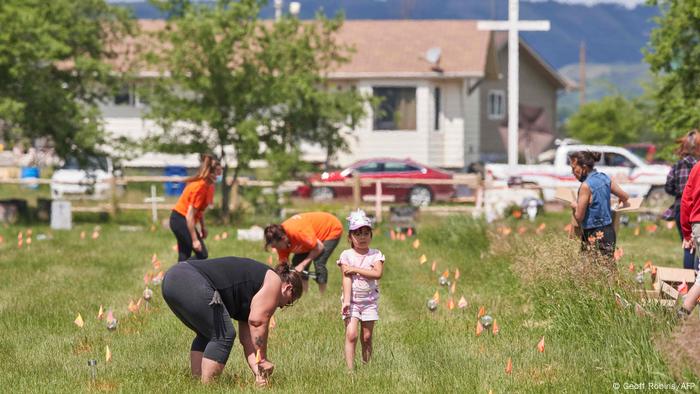130 countries back OECD plan to set global minimum corporate tax rate
Deal comes after U.S. President Biden's push to make multinationals pay at least 15 per cent

Some 130 countries have agreed on a global minimum tax backed by U.S. President Joe Biden as part of a worldwide effort to keep multinational firms from dodging taxes by shifting their profits to countries with low rates.
The agreement announced Thursday is an attempt to address challenges presented by a globalized and increasingly digital world economy in which profits can be relocated across borders and companies can earn online profits in places where they have no taxable headquarters.
The deal calls for a global minimum tax of at least 15 per cent, a key element pushed by Biden as he seeks to raise more revenue for his infrastructure and clean energy plans. There are still technical details that need to be worked out and it would be at least 2023 before the agreement takes effect.
The agreement, announced by the Paris-based Organization for Economic Cooperation and Development, also provides for taxing part of the profits the largest global companies in countries where they do business online but may have no physical presence.
French Finance Minister Bruno Le Maire called it "the most important international tax agreement in a century."
Yellen backs plan
Countries led by France have already started imposing unilateral digital taxes aimed at U.S. tech giants such as Amazon, Google and Facebook; under the deal, they would agree to withdraw those taxes, regarded as unfair trade practices by the US, in favor of the global approach.
The French tax on tech giants prompted retaliatory tariffs under former U.S. President Donald Trump, and France has welcomed the Biden administration's push to reach a global deal.
"Online giants must pay their faire share of taxes where they have activities," he said. "There is no reason a small or medium business should pay more taxes than an online giant simply because it's physically present in the country where it carries out its activities."
U.S. Treasury Secretary Janet Yellen called it a "historic day."
"For decades, the United States has participated in a self-defeating international tax competition, lowering our corporate tax rates only to watch other nations lower theirs in response," she said in a statement. "The result was a global race to the bottom: Who could lower their corporate rate further and faster?"
Yellen said lower rates deprived countries of money for infrastructure, education and efforts to fight the pandemic.

Manal Corwin, a tax principal at professional services firm KPMG and a former Treasury Department official, said the deal put together "the big pieces" of an overall agreement, although technical complexities remain to be worked out. She said what was approved was "pretty much the US proposal," noting that it was "hugely important" for the US to obtain a commitment from other countries to withdraw their unilateral digital taxes.
Under the deal, countries could tax their companies' foreign earnings up to 15 per cent if they go untaxed through subsidiaries in other countries. That would remove the incentive to use accounting and legal schemes to shift profits to low-rate countries where they do little or no business, since the profits would be taxed at home anyway.
Not all of the 139 countries that joined the talks signed on to the deal. Ireland's finance ministry said it had "broad support" for the approach used in the agreement but could not agree to the 15 per cent minimum. Finance Minister Paschal Donohoe has said the country's 12.5 per cent rate is a "fair rate."
Ireland has a notoriously generous taxation policy for intellectual property, which is a big reason why numerous technology companies including Google and Apple have extensive operations in the country. Google faced scrutiny a few years ago for setting up what was known as a "double Irish dutch sandwich" system whereby billions of dollars in profits were shuffled between two subsidiaries in Ireland and one in the Netherlands, in order to save more than $6 billion in taxes.
Cayman Islands pledge support
Signers included Bermuda and the Cayman Islands, regarded by economists as tax havens, and major powers such as China and India.
More discussion is expected at the meeting of the G-20 finance ministers in Venice next week, ahead of a final endorsement by the full G-20 summit of country leaders in October. The proposal to tax companies where they have revenue but no physical presence would require countries to sign up for a multilateral convention, while the minimum corporate tax could be adopted by each country through national legislation on a voluntary basis.
Tax experts say that voluntary approach could work if adopted by countries where many multinationals have their headquarters, such as the US and in Europe, by making clear to companies that even if they avoid tax by moving profits to overseas subsidiaries, those profits will be taxed at home up to the minimum.
In the US, Biden has proposed a 21 per cent minimum rate on overseas earnings of big US companies to deter them from shifting profits to tax havens. Biden's US tax must first pass Congress, where the Democratic president has only a narrow majority.












 © Reuters/DARRIN ZAMMIT LUPI FILE PHOTO: The logo of Binance is seen on their exhibition stand at the Delta Summit, Malta's official Blockchain and Digital Innovation event promoting cryptocurrency, in St Julian's
© Reuters/DARRIN ZAMMIT LUPI FILE PHOTO: The logo of Binance is seen on their exhibition stand at the Delta Summit, Malta's official Blockchain and Digital Innovation event promoting cryptocurrency, in St Julian's







 Israeli settler youths lift an Israeli flag in the newly-established wildcat outpost of Eviatar near the northern Palestinian city of Nablus in the occupied West Bank
Israeli settler youths lift an Israeli flag in the newly-established wildcat outpost of Eviatar near the northern Palestinian city of Nablus in the occupied West Bank 